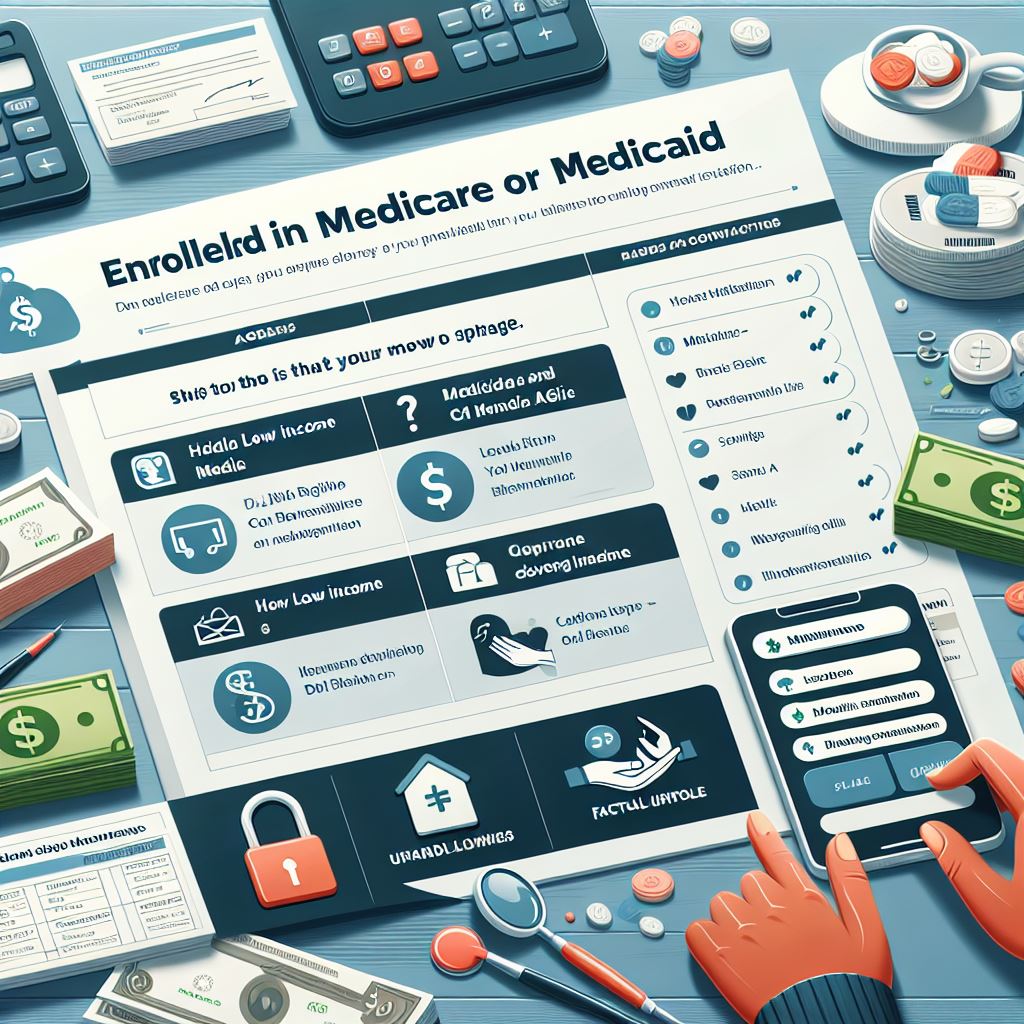Medicare, a vital federal health insurance program catering to individuals aged 65 and older, those with disabilities, or specific chronic conditions, plays a crucial role in safeguarding the health of millions of Americans. Despite its significance, Medicare comes with associated costs, including premiums, deductibles, copayments, and coinsurance, posing challenges for individuals with low or no income in accessing essential healthcare services.
The good news is that there are assistance programs designed to alleviate the financial burden for low-income Medicare beneficiaries. These programs include:
Medicare Savings Programs (MSPs): State-run initiatives that assist in covering Medicare Part A and Part B expenses such as premiums, deductibles, copayments, and coinsurance. Four main types of MSPs exist, each with distinct eligibility criteria and benefits:
- Qualified Medicare Beneficiary (QMB) Program: Covers Part A and Part B expenses for individuals with income below 100% of the federal poverty level (FPL) and limited resources.
- Specified Low-Income Medicare Beneficiary (SLMB) Program: Assists with Part B premiums for those with income between 100% and 120% of the FPL.
- Qualifying Individual (QI) Program: Covers Part B premiums for individuals with income between 120% and 135% of the FPL, subject to limited federal funding.
- Qualified Disabled and Working Individuals (QDWI) Program: Addresses Part A premiums for disabled individuals under 65 who are employed and have income below 200% of the FPL.
Medicare Part D Low-Income Subsidy (LIS) or Extra Help: A federal initiative providing financial aid for Medicare Part D (prescription drug) premiums, deductibles, copayments, and coinsurance. Eligibility is based on income below 150% of the FPL and limited resources.
Medicaid: A joint federal and state program offering health coverage to low-income individuals, including some Medicare beneficiaries. Medicaid can assist with Medicare Part A and Part B expenses, in addition to covering services beyond Medicare’s scope. Eligibility varies by state but generally includes individuals with income below 138% of the FPL.
How to Apply for These Programs:
- Medicare Savings Programs (MSPs):
- Medicare Part D Low-Income Subsidy (LIS) or Extra Help:
- Medicaid:
Additional Assistance: If you believe you qualify for these programs, apply promptly to receive the necessary support for managing your Medicare expenses. Explore other potential assistance programs, such as the Supplemental Nutrition Assistance Program (SNAP), the Low Income Home Energy Assistance Program (LIHEAP), and the Senior Farmers’ Market Nutrition Program (SFMNP). Learn more about available programs by visiting Benefits.gov or calling 1-800-FED-INFO.

